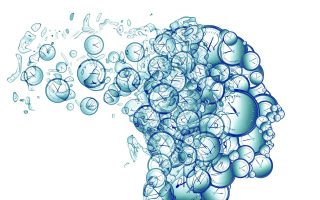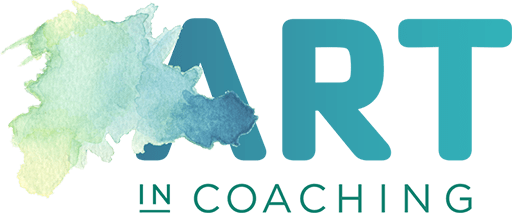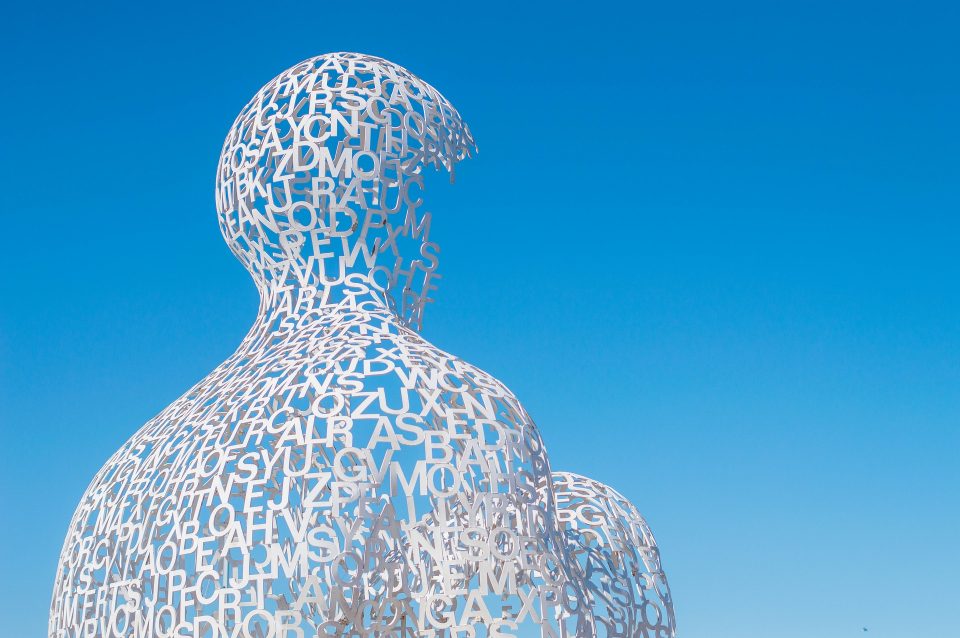Self-regulation is a term used to describe the ability to control one’s impulses, including the ability to soothe and calm the body’s responses to stress. Being able to self-regulate is also part of being emotionally intelligent in life and work; enabling us to respond to a situation appropriately as it is in the present. It is also an important part of resilience.
In trauma healing, a person’s capacity to self-regulate is essential if they are to be able to engage with their healthy selves* and work with their trauma. Without self-regulation a person can be hijacked by their emotions and be in the flight, fight or freeze mode and their survival self* will also be dominant.
Self-soothing
One of the wonderful by-products of coaching with art is the sense of wellbeing it brings. When clients start to engage with art based exercises and create their own images, they experience feelings of pleasure and fun even when the issues being explored are quite challenging. By experiencing this sense of well-being and self-soothing clients can often start to re-engage with creativity outside of the coaching space, finding their own creative outlets to manage feelings of anxiety, stress and negativity.
It is this aspect of art that has undoubtedly been behind the big increase in people turning to creativity during the pandemic.
Flow
When creating images clients also talk about feeling out of time and being immersed in their creativity. Clients are experiencing flow. Psychologist Mihaly Csikszentmihalyi, one of the co-founders of positive psychology, describes the flow state as a period of optimal attention. You are in the zone! Completely focused on the task at hand, time stands still, and you are not worried about anything else around you or within you. It can be a euphoric experience. Flow is a good place to be as it embraces mindfulness (you are wholly present in the moment), it can be very stimulating and builds confidence with a sense of accomplishment and mastery.
Connecting to the here and now
To be able to self-regulate we need to be fully present, connected to our bodies and able to engage with ways to manage unhelpful responses. Art Based Coaching offers this to our clients through the creation of their images, especially if they experience flow. We can also support this through specific art based techniques that bring attention to the breath and embrace mindfulness, including mindful doodling, drawing the breath, body mapping and bi-lateral drawing. These are particular good at helping clients come into a coaching session, grounding them in the present and be ready to start. They can also be used if a client starts to feel agitated or emotionally hijacked. They help to bring attention to the here and now and distract from the troubling feelings and body sensations they may be experiencing, helping them to start to think more clearly.
Links to blogs exploring each of these techniques are shown at the end.
Hyper-arousal
In extreme cases, when trauma is triggered, a person may experience hyper arousal. This may manifest itself, for example, through agitation and hyper-vigilance, profuse sweating, shallow breathing or feeling cold. This is very rare in coaching, but clients can experience higher levels of agitation, stress and anxiety when bringing situations where they feel overwhelmed or out of control which can result in emotional hijacking.
If this does occur in coaching, we can help our clients re-engage with their bodies and become present in the here and now. This will then help them think through how they can manage these responses outside the coaching space. It is not our role to delve into the trauma response. A good example of this is a recent client of mine who suddenly started to experience some unexpected emotional and physical responses in a session. My client started to doubt himself and was dismissing his feelings and embodied experience as silly and daft. However, enabling my client to connect with those experiences through body mapping was important if he was going to be able to successfully manage those situations, an aspect of why he had come to coaching.
A final thought
Art in coaching and art based approaches offer a lot to our clients in support of self-regulation and well-being. However, it is important to remember that this is predominantly a positive by-product of what we do. Art based coaching is far more than a tool for distracting clients from troubling thoughts and feelings. In the words of Cathy Malchiodi, the art based approach in the helping professions ‘…is a process that integrates the complexities of the creative process to assist and support exploration of what may be uncomfortable or conflictual for the individual… it is about helping individuals recognise personal resilience, achieve insight, instil hope and make meaning through creative expression.’ It isn’t just about about pictures, colouring in and doodling!
* Professor Franz Ruppert came up with a way of conceptualising trauma through the metaphor of split psyche. Ruppert says that as a person experiences trauma their psyche starts to split into three – the trauma self, the survival self and the healthy self.
Join the masterclass… If you would like to explore further why not join Julia Vaughn Smith and me on the next Trauma and Art Based Coaching online masterclass
References:
How can art help with self-regulation? by Dyan Branstetter, Arts Integration 2018
Colouring, Doodling and Drawing: Recent research by Cathy Malchiodi, Psychology Today 2017
Creativity and emotional Well-Being: Recent research by Cathy Malchiodi, Psychology Today 2016
Other related blogs:
Drawing breath – connecting mind, body and breath
Bilateral drawing – warming up the whole brain
Mindful doodling – a moment of calm in the helter skelter world we live in
Body mapping – connecting us to our emotions


One comment on “How art helps with self-regulation”